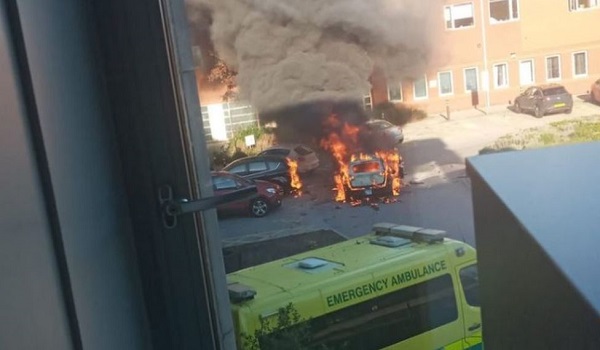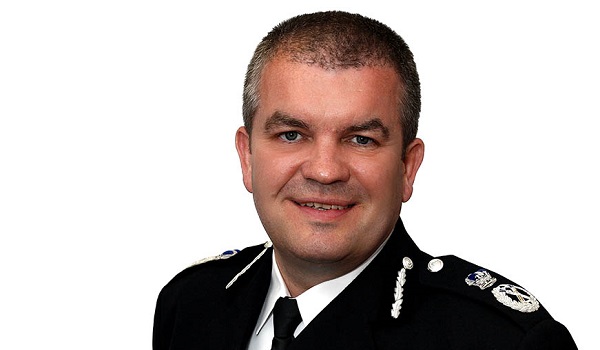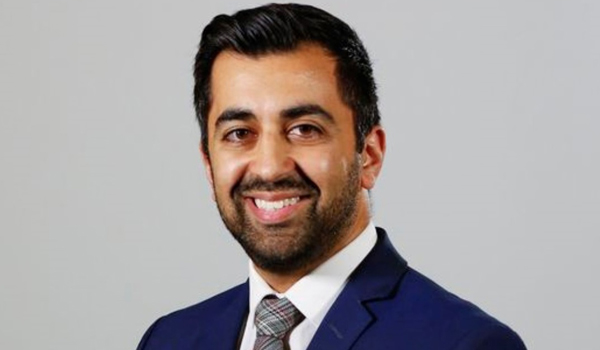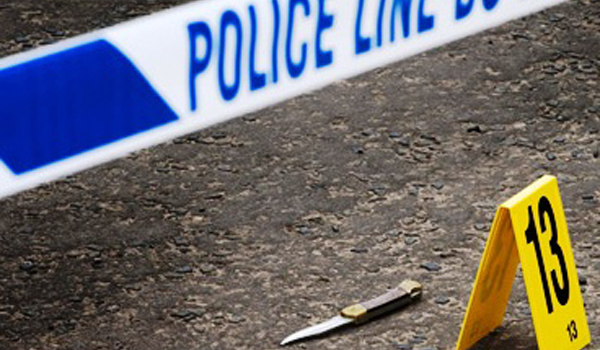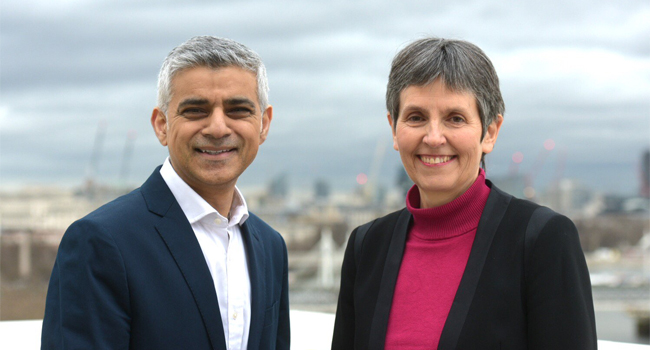Terror attack threat: ‘Bobbies on the beat no closer to being armed in rural locations’
Policing leaders facing an elevated terror threat have again ruled out routinely arming officers for now – even in “harder-to-reach” rural communities.
With a dozen Daesh-inspired murder plots thwarted in the last year, the National Police Chiefs’ Council is instead “continuing to review” the “right level” of response to emergencies in remote locations.
While there is no specific threat to areas such as Devon and Cornwall, the fear is that the geography of the counties means it would take firearms units a long time to deploy to incidents.
Deputy Chief Constable Simon Chesterman, the national lead for armed policing, says NPCC analysis on any change to the traditional unarmed service is “not necessary” at the moment but remains an option “on the table”.
He added: “Police chiefs are committed to our model of policing. At the same time, we need to be sure we have the right level of armed policing to meet threats to the public.
“The overwhelming majority of England and Wales has very good coverage from armed response vehicles.
“Any change would be decided by chief constables based on threat and risk and with wide consultation.”
Following the November 2015 Paris atrocities in which 130 people died, Police Professional reported that table-top exercises were conducted that showed that in a number of towns like the UK’s south-west peninsular a marauding terrorist attack would have succeeded – potentially costing hundreds of lives – before a second armed officer had even arrived at the incident.
The region’s forces are looking to increase their firearms capability in discussions with the NPCC.
But Chief Superintendent Glen Mayhew, Commander of the Alliance Operations Department for the Devon, Cornwall and Dorset forces, pointed out that this is not in reaction to any specific threat but to “offer reassurance and a highly-visible level of protection” to the public.
And he stressed: “This does not mean that we are currently, or are any closer to a situation where ‘bobbies on the beat’ are armed in rural locations.
“We are not doing this, and any change in this area would be something that would need to be following an extensive, nationwide public consultation.”
The French attacks prompted a debate across the Channel as the total number of firearms officers in England and Wales fell to a low of 5,369 in the year to March 2016.
The following month the Government pledged £143 million over five years to fund a boost in firearms units’ numbers.
In the two years since, the number of Home Office firearms officers has risen by 874 to 6,465, still short of the 6,976 of nearly a decade ago.
Overall, the number of extra police firearm specialists in the past two years stands at 1,351, including the increase from non-Home Office forces such as the British Transport Police, Civil Nuclear Constabulary and Ministry of Defence Police, who could surge to provide additional support in the event of a major incident. Firearms officers in the non-Home Office forces total 3,305 – making the overall figure just short of 10,000.
As a result, the number of Armed Response Vehicles (ARVs) available to protect the public has increased by more than 25 per cent.
In any given 24-hour period there are approximately 55 more ARVs patrolling England and Wales than in April 2016, meaning forces are able to respond to major incidents such as terrorist attacks faster and with greater numbers.
This increase is bolstered by a 70 per cent increase in the number of the highest-trained Counter Terrorism Specialist Firearms Officers (CTSFO), who are taken from the ARV ranks and given additional training.
Significant investment has also been made to improve the training and equipment provided to armed officers so they are able to deal with a broader range of threats.
“We are now better equipped to respond swiftly to serious threats to public safety, such as the recent terror attacks,” added Mr Chesterman.
“The increase in the number of highly-trained CTSFOs means that we can move more quickly to resolve major incidents and be more proactive when confronting a threat.
“The public will have seen this improved response in action during the London Bridge terror attack, when ARVs were able to respond incredibly quickly to stop the attackers without having to wait for specialist officers or Special Forces.”
A Home Office spokesperson said the uplifting of armed capability would bring the total increase figure to around 1,500 officers.
Its statement added: “We are providing £143 million to increase our armed policing capability and capacity, in order to respond more quickly and effectively to a firearms attack and we keep our preparedness under constant review.
“All regions in the UK have an armed police capability, and it is for chief officers to determine the number of armed officers in their areas based on a thorough assessment of threat and risk.”
ARMED FACTFILE ON TIMING, RESPONSE, REACTION AND THE LAW
• The Westminster attack in March last year saw about 50 armed officers on the scene in 11 minutes, although in that instance the attacker was stopped because an armed protection officer happened to be in the grounds of the Houses of Parliament;
• Two armed close protection officers shot dead his attacker within a few seconds of the stabbing, ending the atrocity, which claimed five lives. But investigators have said that even if Police Constable Keith Palmer had been armed it is unlikely he would have been able to defend himself in time;
• Conversely, in the 2013 terrorist murder of Fusilier Lee Rigby, in Woolwich, south London, officers could not intervene until armed colleagues arrived on the scene;
• Last July, unprecedented terrorist attacks on home soil led policing leaders to “justify” a national first – on routinely arming officers. A two-day meeting of chief officers, headed by Mr Chesterman, discussed how an entry level officer would require two weeks initial training to deploy with a handgun with two-days-a-year follow-up refreshers. The NPCC said it was “not looking” to routinely arm officers – except possibly in key locations – but rather discuss a range of available options to combat a marauding attack outside London and how best to orchestrate rapid reaction to shoot a terrorist from those not normally deployed in firearms units;
• Home Office statistics reveal there were 15,705 firearms operations in England and Wales in the year ending March 2017 but officers discharged their weapons on just ten occasions, including the Westminster terror attack;
• The pattern has remained consistent for the past decade – with only four discharges in the 12 months to March 2011 during 19,586 operations;
• Any moves to arming patrol officers is likely to be resisted by the rank-and-file;
• Last year four out of five of officers voted against carrying guns – with one in ten saying they would quit rather than carry a firearm. But the Metropolitan Police Federation poll of officers found just over half said they would carry a gun routinely if asked to do so; and
• No change in the law would be required for forces to increase the number of officers who carry guns. Legally, chief constables in the 43 forces across England and Wales are operationally independent, and any decision about the arming of officers is formally for them and their police and crime commissioners.



